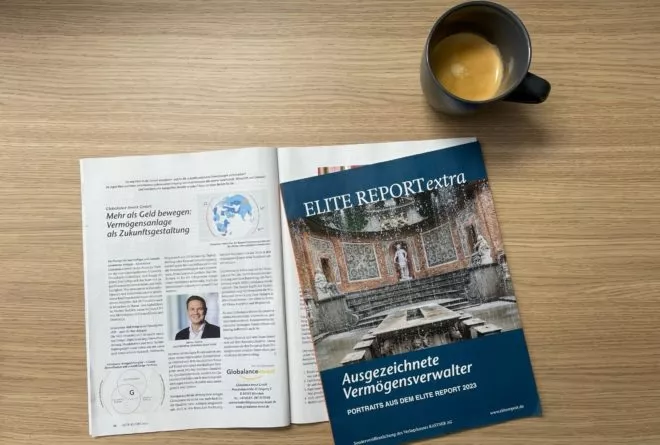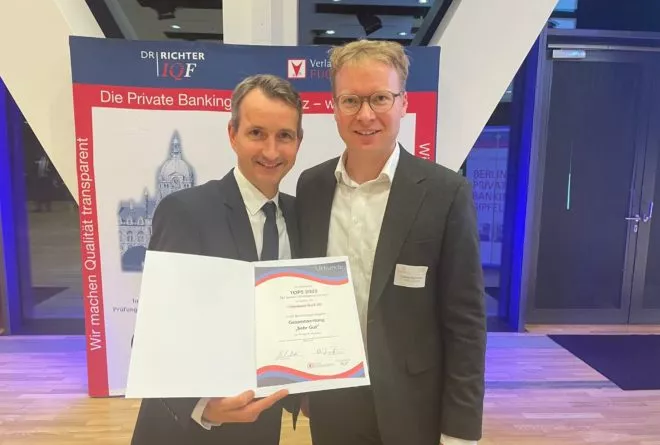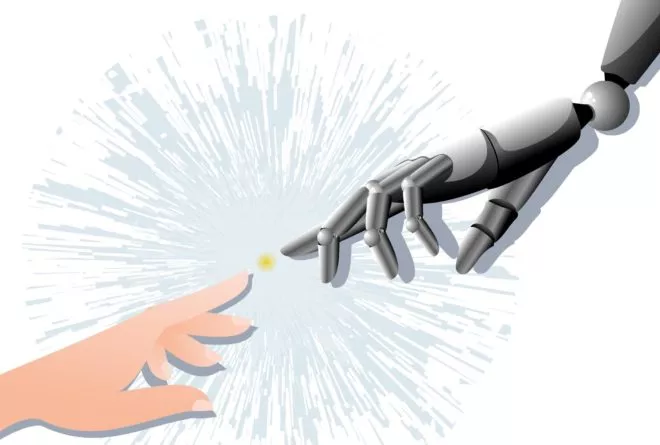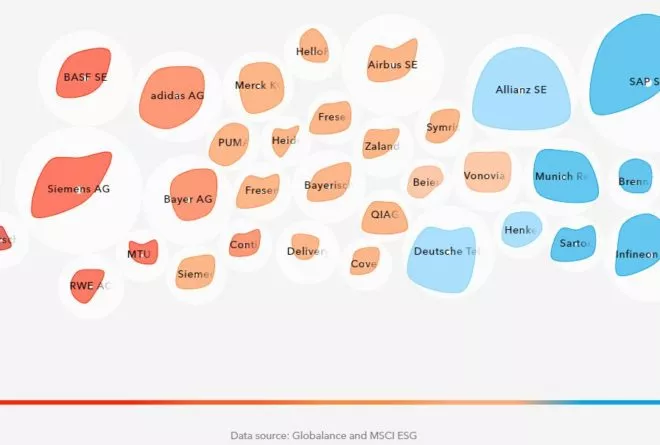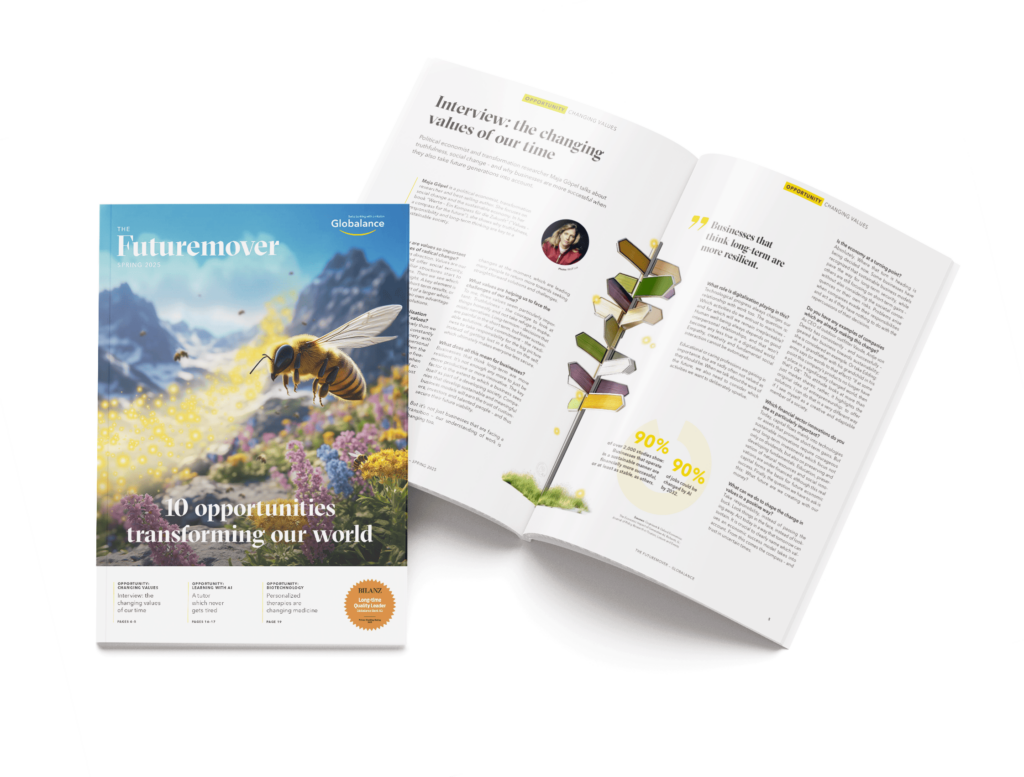News & Trends
Always Look on the Bright Side of Life

The World Keeps Turning
Seven-day incidence, reproduction figures and herd immunity – over the past year, our imaginary vocabulary has become increasingly filled with exotic technical terms from the field of virology. But a closer look would reveal that our 2020 encyclopedia of foreign words also includes terms such as the Crispr / Cas9 gene scissors, mRNA technology and remote working – presumably filed under the heading “opportunities and mood enhancers”.
The COVID-19 crisis is still blocking our view of what is to come, but we can already feel the change from lethargy to joy, feel the first rays of sunshine and process the events of the past.
Are We Still Getting Older?
The most beautiful flowers grow from dung, and it’s always darkest just before the dawn. Scientific progress in medicine gives us every reason to be optimistic. In the coming years, the healthcare sector will grow at least twice as fast as the global economy – no doubt driven by demographic trends. Not surprisingly seeing as the number of people over 60 will have doubled by 2050.
But where will the plethora of innovation thrusts in medicine take us?
Sure, the old idea of eternal life remains nothing more than a myth, but we can assume that life expectancy will continue to rise and that we will age more healthily. Finally, medical science is creating countless ways to brighten up our lives.
A Full Spectrum of Medical Possibilities
The biotechnology industry is making a quantum leap, offering us humans completely new forms of treatment in the future, and even the environment could benefit from the progress being made. For example, the extraordinary mRNA technology from BioNTech, Moderna or CureVac enables the human body to produce its own medicines. Novel tools such as the gene scissors Crispr / Cas9 could help defeat diseases in the future – not for nothing were the inventors awarded the Nobel Prize for this in the COVID Year.
Other genetic surgery techniques also promise to cure some hereditary diseases and could play a major role in plant breeding and biofuel production. In the midst of the “National Decade Against Cancer”, we continue to head toward “Vision Zero” in oncology, and tumors are being battled with personalized medicine and molecularly guided therapies. And then there is bioprinting, driven forward by the Swedish company CELLINK, which wants to print kidneys or livers in the future and could make organ donations obsolete. Rosy prospects for our health.
In just 5 years, 6 out 10 people will be working in professions that do not exist today.
What Else the Pandemic Taught Us
The pandemic invited most of us unexpectedly to the big dress rehearsal of the play “From the office to working from home”, abruptly opened the curtain without knowing whether the artistic directors will be satisfied and whether we will have a happy ending. But the premiere was mastered with flying colours and the play will remain a staple in the program in the future. Video conferencing and screen sharing via Zoom, as well as intranet and chat functions as can be found in Microsoft Teams, make it possible to work from home and, after the pandemic, even across different continents and time zones.
Remote working thanks to technological advances – here to stay?
The “New Work” trend with its digital nomads and freelancers may have been around for a while, but now we saw that it actually works! Optimistic outlooks for flexible working, time saving and location-independent future planning. But in the long run, the world of work is turning even faster.
Brave New World of Work?
According to Oxford researchers Carl Frey and Michael Osborne, the most developed countries will lose 47 percent of their jobs over the next 25 years. In just five years, six out of ten people will be working in professions that do not exist today. Will the world of work be fundamentally transformed, and will we even recognise it in the future? There are some indications that this is the case. The surgical robots of the American company Intuitive Surgical can already skin a grape with a scalpel and then stitch it back on accurately – without damaging the fruit.
If German philosopher Richard David Precht is to be believed, artificial intelligence will turn the job market upside down, and the fourth industrial revolution could well affect the highly qualified. According to Precht, employment will not remain constant in the future and he advocates finding solutions for this radical change already now. “New Work” experts are already recognising the transformation from traditional hierarchies to flexible organisational structures and networks.
The time gained through automation should be used for the company with initiative. The creative output of these network teams could be the company’s new capital. In order to be able to capitalise on this creative potential of the employees as something no artificial intelligence could ever deliver, some companies have to reorient themselves and break up the management structures.
Lifelong learning, further training and changing activities will be faithful companions for the younger generations in the future. It remains to be seen what opportunities these changes hold in store, whether we get more time for social engagement or retrain to become big data analysts.
Reasons for Optimism
- Continuous progress of medicine (in wealthy countries)
- Quantum leap in the digitalisation of the working world as an indirect consequence of the pandemic
- Openness and willingness to tackle major challenges
Reasons for Pessimism
- Acceleration of the working world overwhelms many
- Uneven geographical distribution of the benefits of a more flexible working environment
- Social media lead to new dependencies
The Globalance View
Access to medicine, knowledge, education and technology is improving worldwide, as is society’s engagement with the advantages and disadvantages of technological change.

